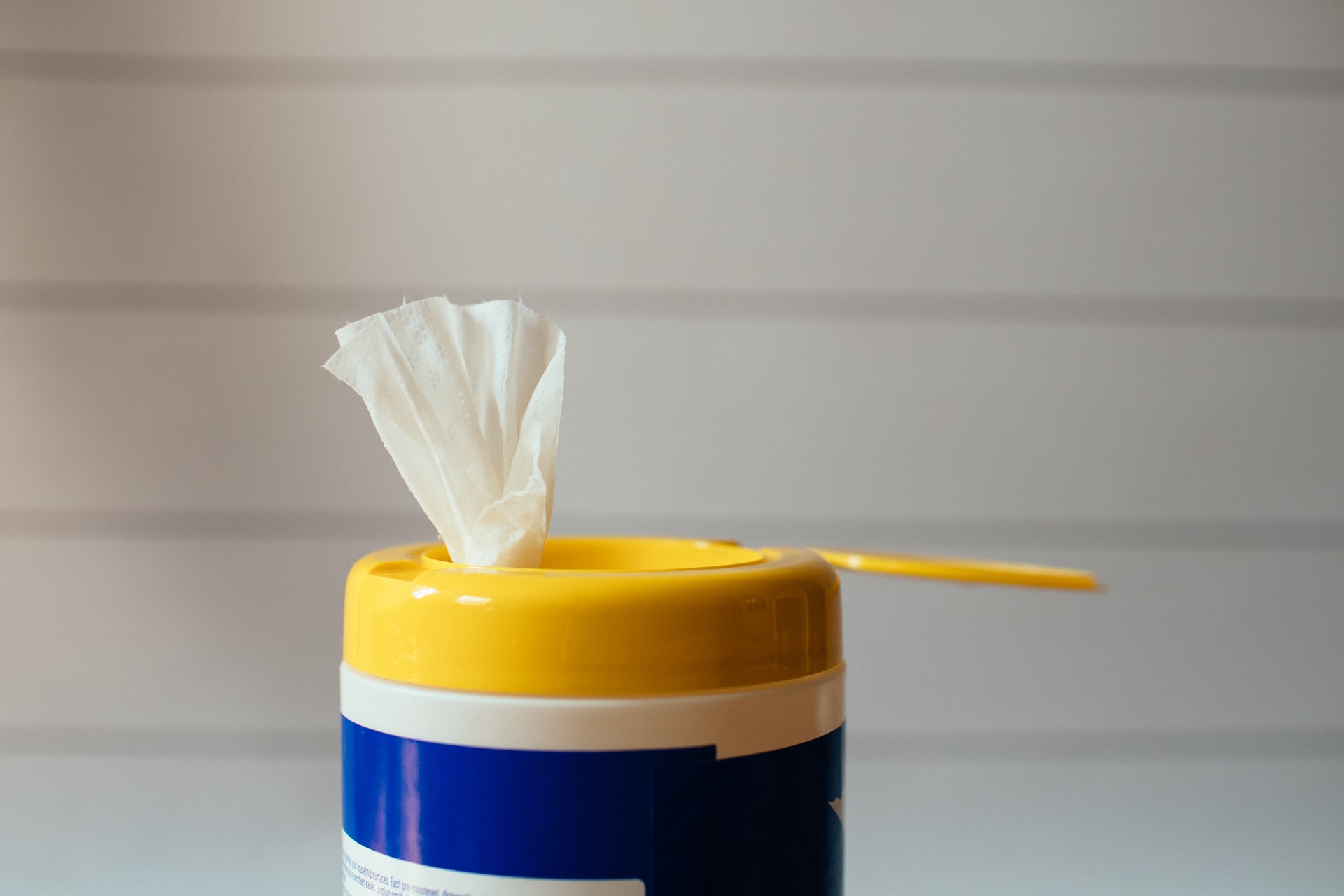Understanding Disinfectants Expiration
Just like food, medicine, or cosmetics, cleaning products also have a shelf life. Using products outside of the optimal time frame could result in less effective disinfecting. This time frame will depend on the kind of disinfectant you’re using. Here’s the three most common categories and when you should consider replacing them.
Store-bought Disinfectants
These typically have a shelf life of about a year. The one year usually begins with the manufacture date listed on the product. Over time the main active ingredient, or the chemical doing the advertised action, may degrade. Unlike food products, cleaning products won’t usually have a “best by” date listed on the package. Look for the manufacture date on the printed label.
DIY Solutions
You may have diluted bleach with water to disinfect. Keep in mind that bleach is less stable in a diluted form which means temperature, light or contamination can cause it to degrade much faster. It’s unlikely that the solution will be unsafe to use, but it would be less effective the longer it sits. It’s always best to use these DIY solutions as soon as possible. Avoid putting these in a spray bottle for long-term use.
Alcohol-based Hand Sanitizer
The active ingredient in these sanitizers is alcohol, and it evaporates when exposed to air. This will start happening as soon as the bottle is opened. Most bottles aren’t air-tight, so the effectiveness will lessen over time. It’ll eventually reach its lowest point of effectiveness at the three year mark. As previously mentioned with the DIY solution, while it isn’t likely for these to be unsafe to use, it’s better to replace them if they won’t be protecting against harmful pathogens.
Source: the Kitchn

